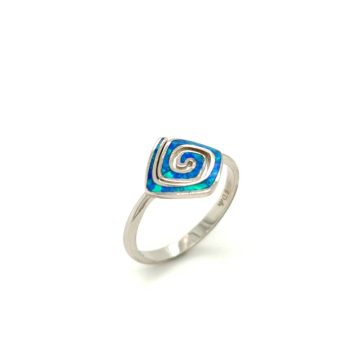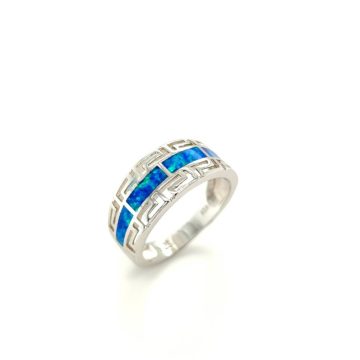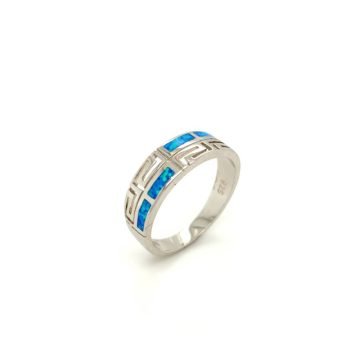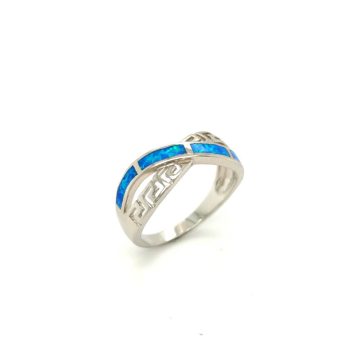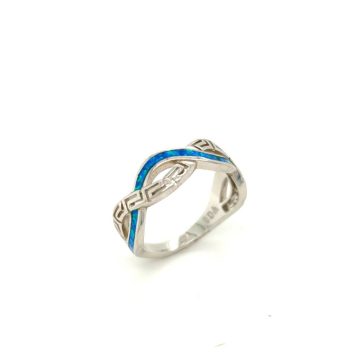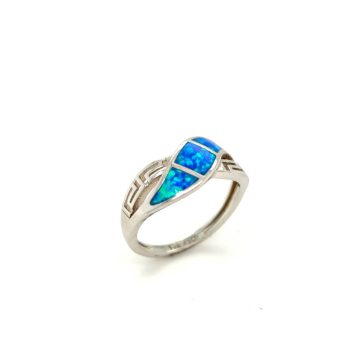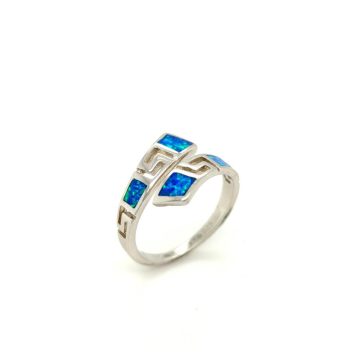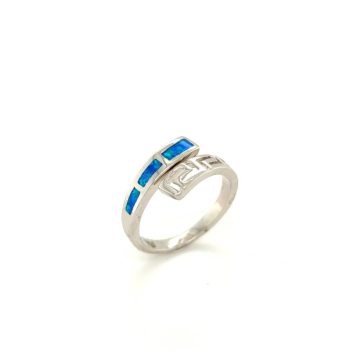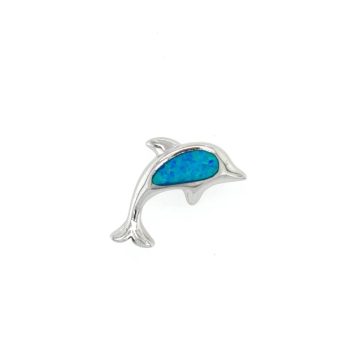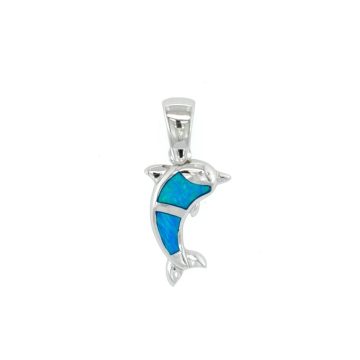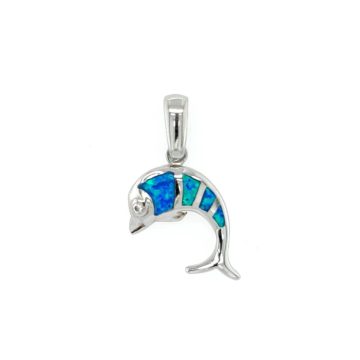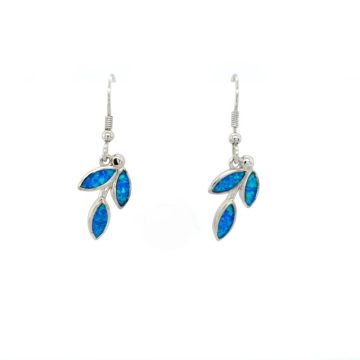Women’s ring, silver (925°) rhodium-plated, Meander with artificial opal
Women’s ring made of rhodium-plated silver (925 °) with Meander symbol with artificial opal. Meander is the most ancient Greek symbol, Victory and Unity, a symbol of Infinity and Eternal Life. Inspired, in the opinion of some academics, by the numerous turns of the river Meander. Meander is used in pottery, temples, monuments, sculptures, objects, …
Women’s ring, silver (925°) rhodium-plated, Meander with artificial opal
Women’s ring made of rhodium-plated silver (925 °) with Meander symbol with artificial opal. Meander is the most ancient Greek symbol, Victory and Unity, a symbol of Infinity and Eternal Life. Inspired, in the opinion of some academics, by the numerous turns of the river Meander. Meander is used in pottery, temples, monuments, sculptures, objects, …
Women’s ring, silver (925°) rhodium-plated, Meander with artificial opal
Women’s ring made of rhodium-plated silver (925 °) with Meander symbol with artificial opal. Meander is the most ancient Greek symbol, Victory and Unity, a symbol of Infinity and Eternal Life. Inspired, in the opinion of some academics, by the numerous turns of the river Meander. Meander is used in pottery, temples, monuments, sculptures, objects, …
Women’s ring, silver (925°) rhodium-plated, Meander with artificial opal
Women’s ring made of rhodium-plated silver (925 °) with Meander symbol with artificial opal. Meander is the most ancient Greek symbol, Victory and Unity, a symbol of Infinity and Eternal Life. Inspired, in the opinion of some academics, by the numerous turns of the river Meander. Meander is used in pottery, temples, monuments, sculptures, objects, …
Women’s ring, silver (925°) rhodium-plated, Meander with artificial opal
Women’s ring made of rhodium-plated silver (925 °) with Meander symbol with artificial opal. Meander is the most ancient Greek symbol, Victory and Unity, a symbol of Infinity and Eternal Life. Inspired, in the opinion of some academics, by the numerous turns of the river Meander. Meander is used in pottery, temples, monuments, sculptures, objects, …
Women’s ring, silver (925°) rhodium-plated, Meander with artificial opal
Women’s ring made of rhodium-plated silver (925 °) with Meander symbol with artificial opal. Meander is the most ancient Greek symbol, Victory and Unity, a symbol of Infinity and Eternal Life. Inspired, in the opinion of some academics, by the numerous turns of the river Meander. Meander is used in pottery, temples, monuments, sculptures, objects, …
Women’s ring, silver (925°) rhodium-plated, Meander with artificial opal
Women’s ring made of rhodium-plated silver (925°) with Meander symbol with artificial opal. Meander is the most ancient Greek symbol, Victory and Unity, a symbol of Infinity and Eternal Life. Inspired, in the opinion of some academics, by the numerous turns of the river Meander. Meander is used in pottery, temples, monuments, sculptures, objects, weapons, …
Women’s ring, silver (925°) rhodium-plated, Meander with artificial opal
Women’s ring made of rhodium-plated silver (925 °) with Meander symbol with artificial opal. Meander is the most ancient Greek symbol, Victory and Unity, a symbol of Infinity and Eternal Life. Inspired, in the opinion of some academics, by the numerous turns of the river Meander. Meander is used in pottery, temples, monuments, sculptures, objects, …
Pendant, silver (925°), Dοlphins with artificial opal
Pendant made of silver (925°) with dolphins and artificial opal. The dolphin since ancient times was one of the main subjects of decoration of houses and Currencies. As a symbol of the Olympian gods it had taken a very important place in ancient art as a decorative motif or as an artistic performance.It can be …
Pendant, silver (925°), Dοlphins with artificial opal
Pendant made of silver (925°) with dolphins and artificial opal. The dolphin since ancient times was one of the main subjects of decoration of houses and Currencies. As a symbol of the Olympian gods it had taken a very important place in ancient art as a decorative motif or as an artistic performance.It can be …
Pendant, silver (925°), Dοlphins with zircon and artificial opal
Pendant made of silver (925°) with dolphins with zircon and artificial opal. The dolphin since ancient times was one of the main subjects of decoration of houses and Currencies. As a symbol of the Olympian gods it had taken a very important place in ancient art as a decorative motif or as an artistic performance.It …
Women’s hanging earrings, silver (925°), Olive Tree leaves with artificial opal
Women’s silver hanging earrings (925°) with olive leaves artificial opal. The olive tree for the ancient Greeks was a symbol of the Olympic ideals of Peace, Wisdom and Victory. That’s why the only award the Olympic champion received was a wreath made of an olive branch, the “kotinos”.

